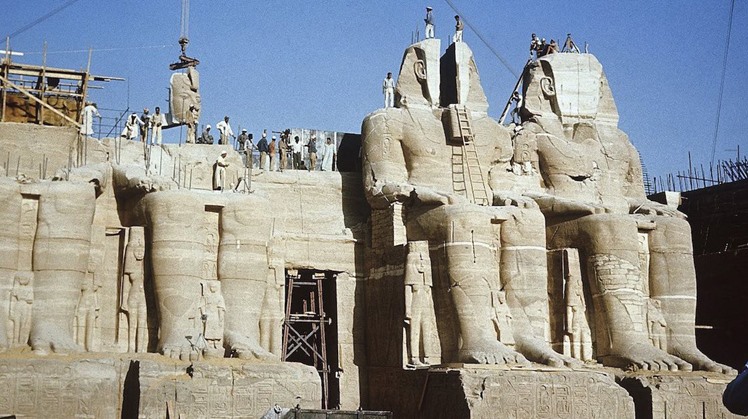On this day, September 22, 1968, 54 years ago, the transfer of the Temple of Abu Simbel, the temple carved in the mountains, which dates back to the reign of King Ramses II in the 13th century BC, was completed.
The Temple of Abu Simbel is a permanent monument to King Ramses II and Queen Nefertari, to commemorate his victory in the Battle of Kadesh.
The Abu Simbel Temple is characterized by a unique architectural design, as its facade was dug in the rock and decorated with four huge statues of King Ramses II, each of which is about 20 meters long. The king and his conquests, including the Battle of Kadesh, in which he defeated the Hittites, in addition to religious scenes depicting the king in his relations with ancient Egyptian deities.
The small temple of Abu Simbel is located 100 meters from the first temple, which was dedicated to the goddess Hathor and Queen Nefertari, the main wife of the king. The queen has her husband.
The temple extends into the plateau at a depth of 24 meters, and its interior walls are adorned with a group of wonderful scenes, which depicted the queen worshiping different gods, either with the king or alone.
The architectural creativity of this temple appears with the succession of the sun’s rays perpendicular to the farthest place inside the temple, which is what we call the “Holy of Holies” where King Ramses II sits, and next to him are statues of the deities “Amon Ra”, “Ra Hor Akhti” and “Ptah” the god of the underworld. The sun shines on these statues, except for the statue of "Ptah" because he is the deity of the underworld, which must be characterized by darkness.
 Sun, Sep. 25, 2022
Sun, Sep. 25, 2022